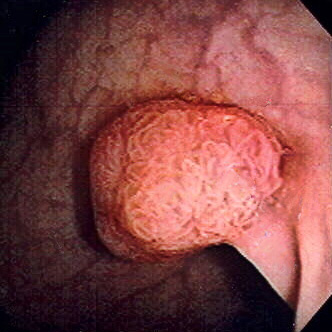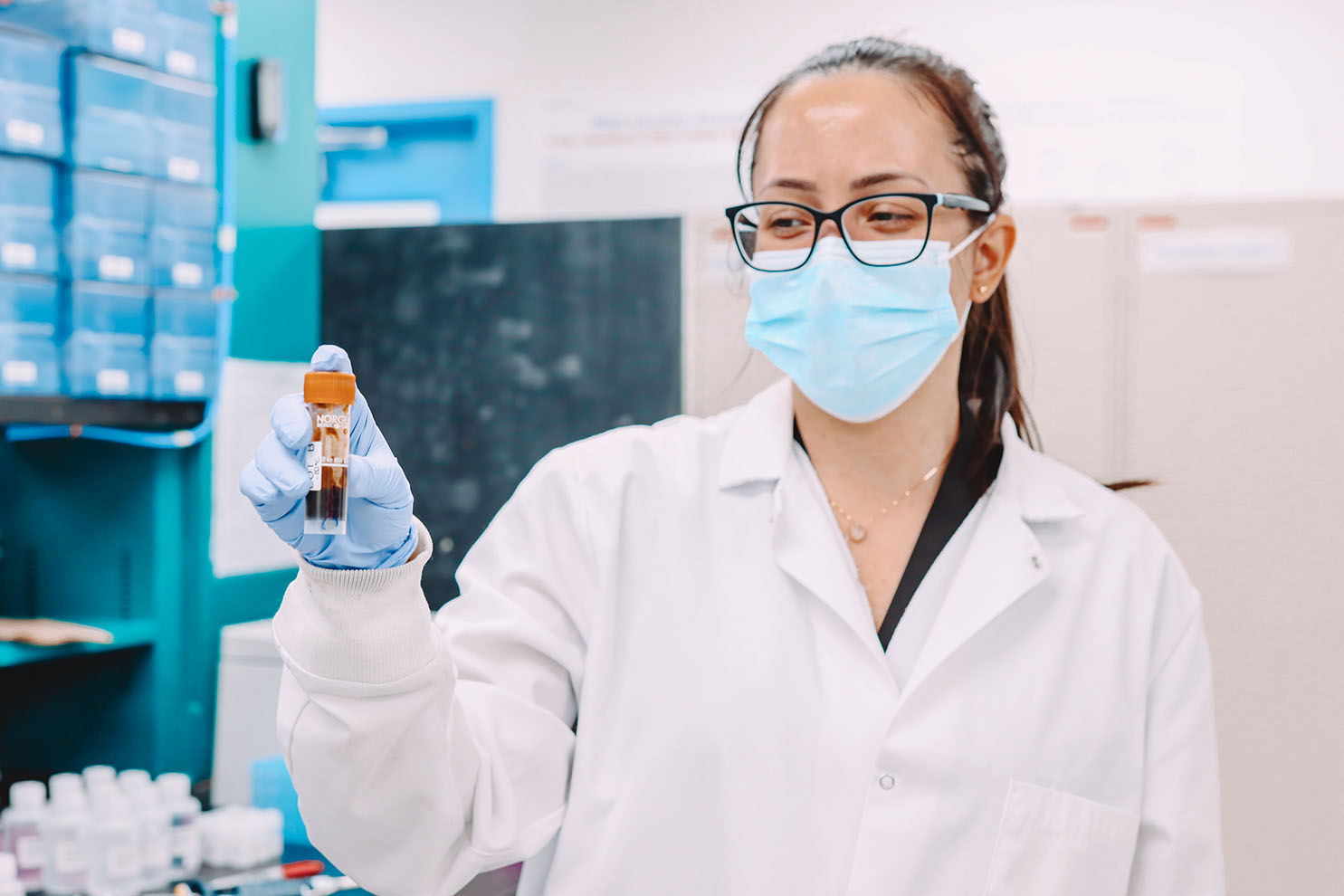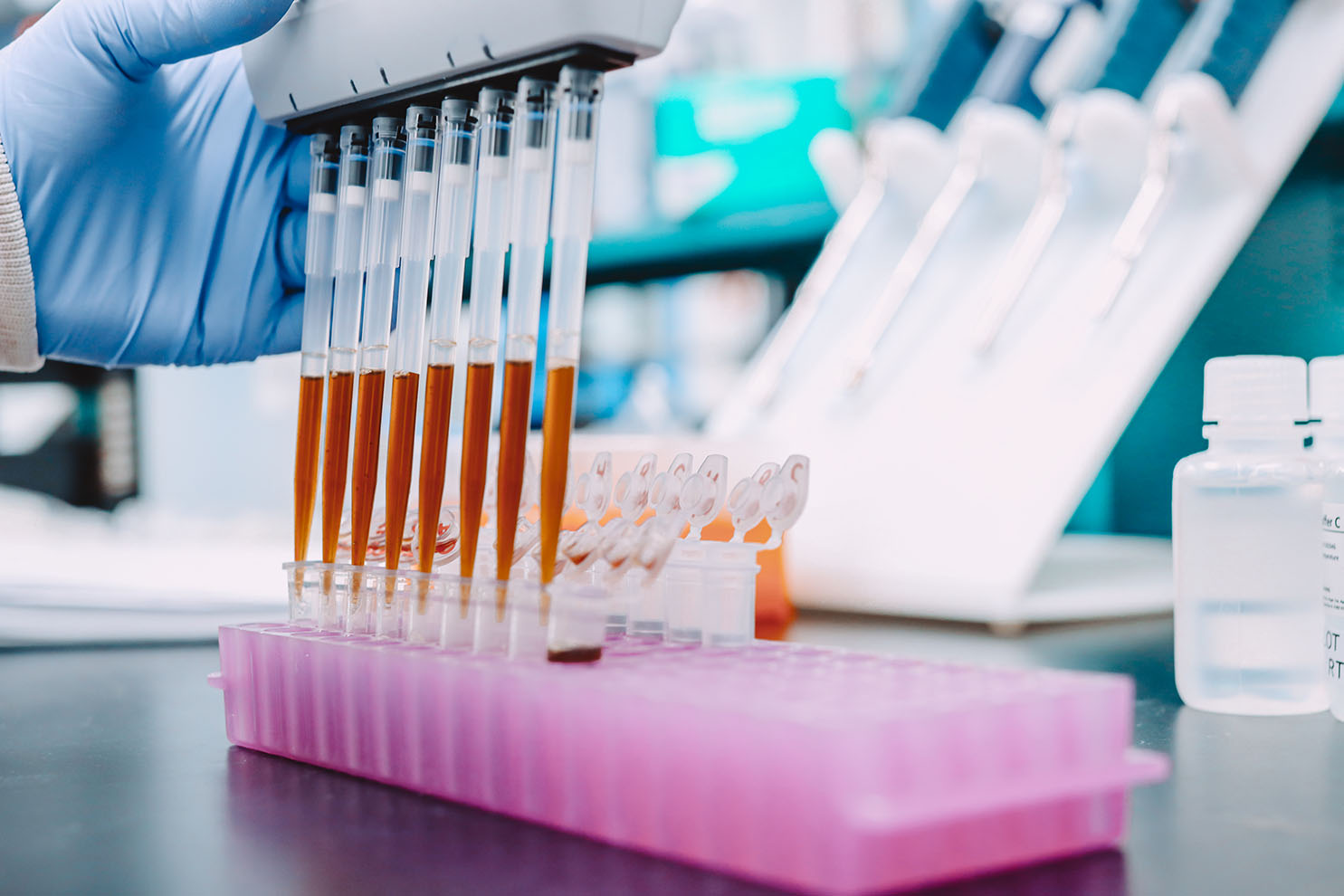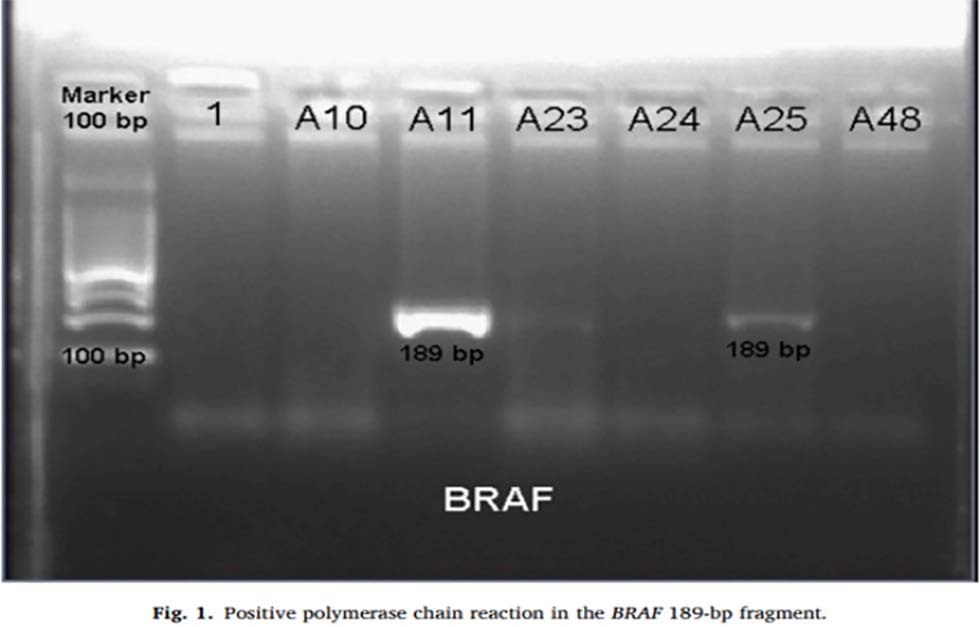One of the most lethal cancers globally is colorectal cancer (CRC). Worldwide, it is ranked as the third most common cause of cancer-related death in men and women. CRC is defined as a tissue growth called polyps, occurring in the inner lining of either the colon or rectum area. Although two-thirds of these polyps are often found to be benign, they can develop to be cancerous over many years.
The 3 Types of Polyps
These polyps start out in a pre-cancerous state called Adenomatous polyps (adenomas). This process starts from the surface layer, called the mucosa, which spreads outwards to affect the deeper layers. It then develops into adenocarcinomas, a type of cancer in the body's mucus cells and spreads throughout the whole intestinal wall.
CRC Symptoms and Risks
Since some common symptoms of this cancer consist of stomach cramping, gas, changes in bowel movements, and fatigue, this type of cancer often go undetected until a progressed stage. In addition, over 50% of the cases and deaths are correlated with external lifestyle factors such as diet, excessive alcohol consumption, increased body weight, smoking, and lack of physical activity. However, upon early detection, the disease is treatable. The prognosis of CRC significantly depends on the histopathology, progression, clinical variables, and molecular oncogenesis of cancer. A major risk factor for developing CRC is age, with only 3% of CRC patients being under 40 years old1. After the age of 50, the chances of developing CRC increase significantly.

CRC Diagnostic Methods
CRC can be detected and studied through colonoscopy, an invasive screening procedure that involves sedation. Due to this intense and uncomfortable method, many patients may often delay or prolong undergoing examination resulting in the progression of the tumor.
Since CRC commonly causes bleeding within the colon or rectum, a blood test is also a feasible method for detection. In addition, increased red blood cell counts and signs of anemia are big indicators of CRC that can be found through a blood test.
An emerging method for diagnosis is through the analysis of stool samples. Stool samples are non-invasive and can safely be collected at home. Furthermore, they allow us to study common biomarkers associated with CRC.
NORBLOG
Want to hear more from Norgen?
Join over 10,000 scientists, bioinformaticians, and researchers who receive our exclusive deals, industry updates, and more, directly to their inbox.
For a limited time, subscribe and SAVE 10% on your next purchase!
SIGN UP







